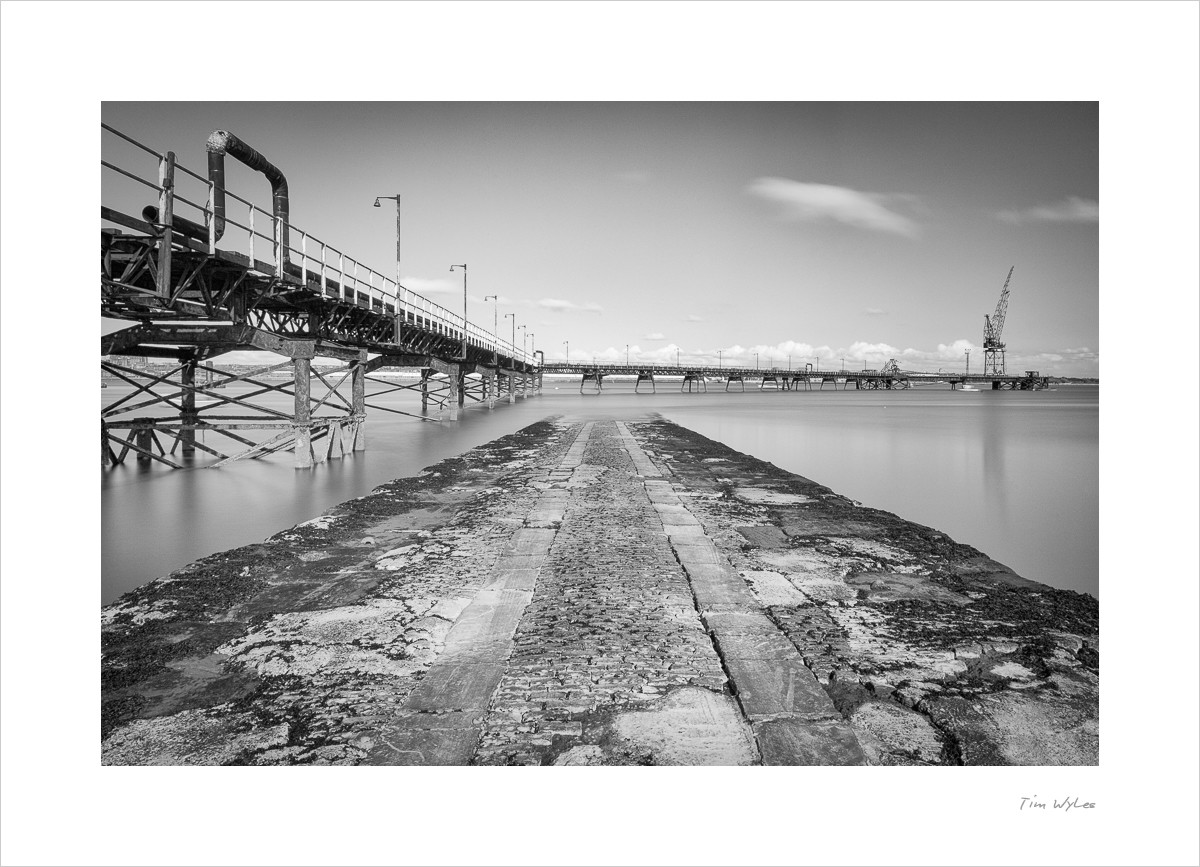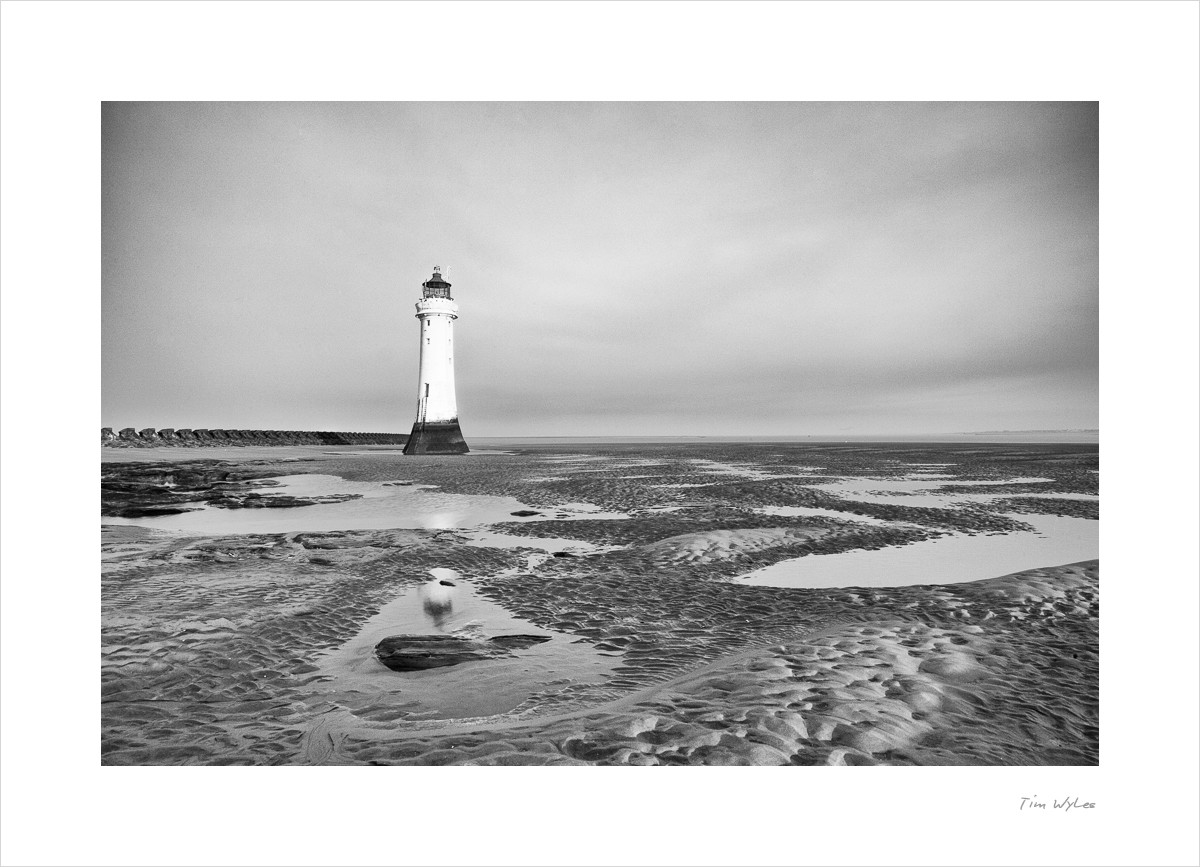Canon 5D, 28 mm, ISO 100, 247 secs @ f/16
In my efforts to capture a decent long exposure with the Big Stopper during a recent trip to Roker, I was forced closer to the water’s edge for two reasons. First I could only attach the filter to my 17-40 mm lens and secondly in order to ensure there were no distractions, the wide angle lens would only be suitable if I got between said distractions and the water.
I found a great little spot at Roker Harbour where the water came quite close to the pavement so I didn’t even have to get sand on me or my equipment – always a bonus! As I was setting up there were some nice shafts of light coming through the clouds so I stuck on a polariser and 0.1 ND grad and took a few shots. I then added the Big Stopper. I calculated I needed a 128 second exposure but it looked too dark once completed.
The sun was continually breaking through and then being covered by the clouds so I then experimented at 180, 240 and 360 seconds. My initial preference was the 6-minute exposure but after consideration I chose the 4-minute one above. It’s slightly over the time as my fat fingers hadn’t released the shutter properly. I think I’m getting there. Some additional foreground interest would help I think – a couple of decent sized rocks or posts, but I included the water’s edge to compensate for the lack of those.





